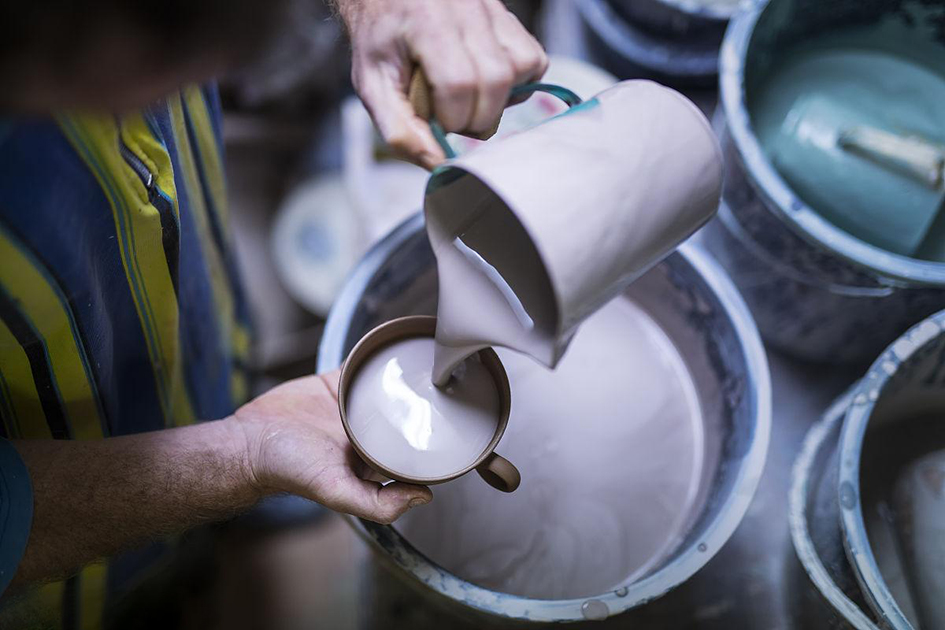The myriad of colors on the surface of pottery originates from the "chemical magic" of metal oxides in glazes and firing techniques. Essentially, glaze is a glassy layer. By adding metal element-containing colorants to the base glaze, an infinite variety of colors can be achieved under different temperatures and atmospheres.
I. The Color-Coding Secrets of Metal Oxides
The core colorants of glazes are metal oxides. Different metal ions exhibit unique spectral characteristics at high temperatures:
Iron (Fe): The oxidation state determines the color tone. Trivalent iron (Fe³⁺) forms Fe₂O₃ in an oxidizing atmosphere, displaying hues like yellow, brown, and red (e.g., the yellow glaze of the Tang Dynasty); divalent iron (Fe²⁺) forms FeO in a reducing atmosphere, presenting cool tones such as blue, gray, and green (e.g., the celadon-like glaze of the Song Dynasty). When iron combines with other elements (such as titanium), it can produce the crystalline yellow-green effect of tea-dust glaze.
Copper (Cu): Copper has the most dramatic chemical behavior. Copper oxide (CuO) generates a bright green glaze in an oxidizing atmosphere (e.g., lead-glazed pottery of the Han Dynasty), while it is reduced to cuprous oxide (Cu₂O) in a reducing atmosphere, presenting a vivid gemstone-like red (e.g., the sacrificial red glaze of the Xuande period). If the atmosphere fluctuates during firing, green spots can form on the surface of copper-red glaze, such as the "peach blossom" effect on the Kangxi-period Lang kiln red.
Cobalt (Co): Cobalt presents a stable blue. Cobalt oxide (CoO) forms cobalt blue in glazes. Due to its stable chemical nature, it becomes the main colorant for blue-and-white porcelain. During the Yuan Dynasty, Jingdezhen craftsmen adjusted the purity of cobalt to produce the violet-tinged blue of "Sumaliqing."
Other Metals: Manganese (Mn) can produce purple, brown, and black (e.g., the Jin-Dynasty tri-colored ware); chromium (Cr) shows green, red, and yellow in different glazes; nickel (Ni) combined with barium can create a unique pink.
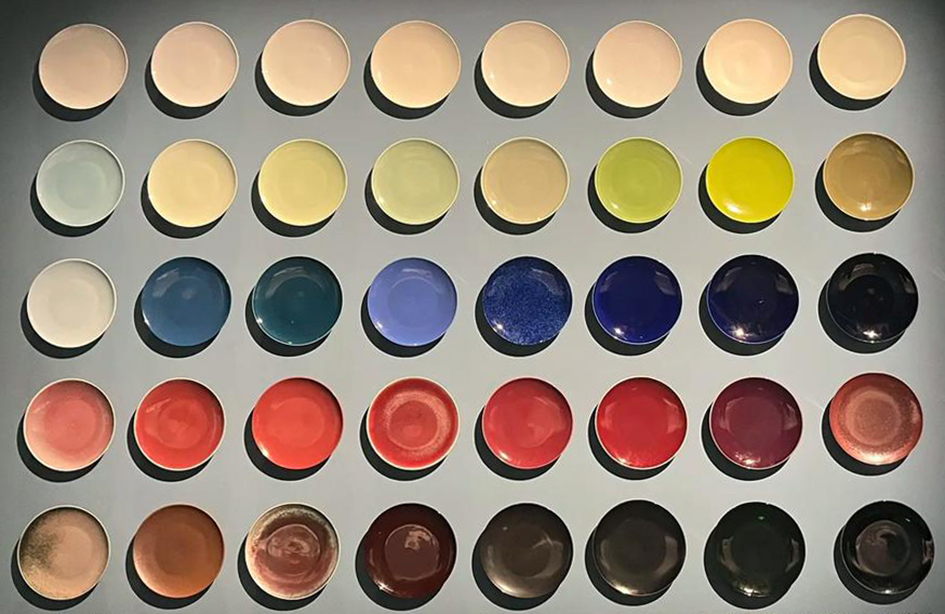
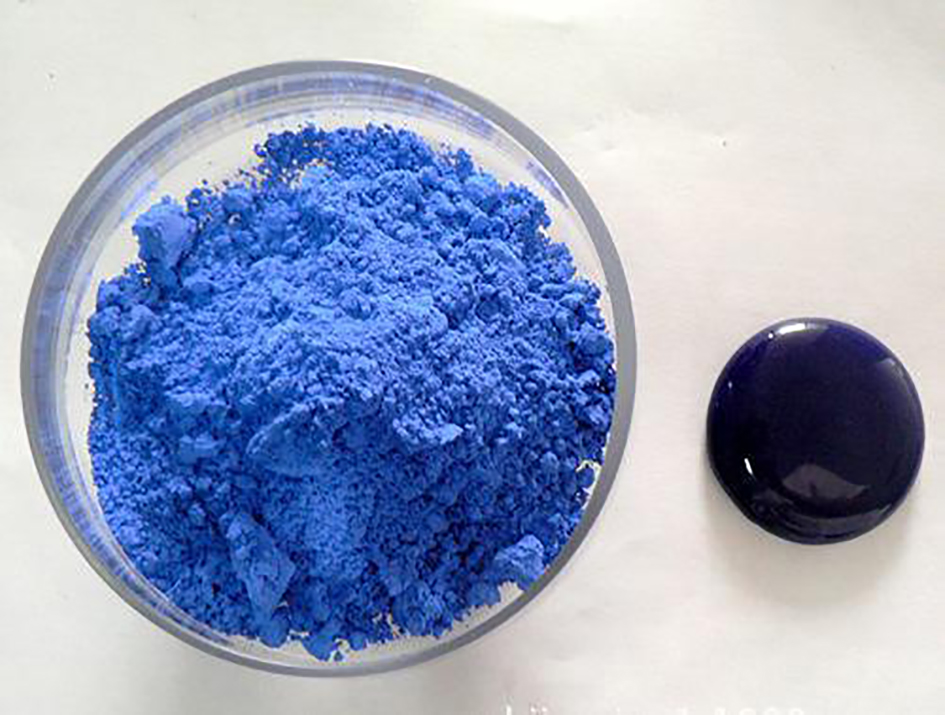
II. The Chemical Reaction of Firing Techniques
The final appearance of glaze color is the result of a dynamic interplay between metal ions, glaze components, and the kiln environment:
1. Temperature Control:
High-temperature glazes (above 1300℃): Metal ions diffuse fully, forming uniform colors (e.g., the sky-blue glaze of Jun ware).
Low-temperature glazes (800-1000℃): With the presence of fluxes like lead, metal ion migration is restricted. The colors are more vivid but prone to chipping (e.g., Tang-Dynasty tri-colored ware).
2. Atmosphere Regulation:
Oxidizing Flame: When oxygen is abundant, metal ions exist in higher oxidation states, such as Fe³⁺ showing yellow and Cu²⁺ showing green.
Reducing Flame: In an oxygen-deficient environment, metal ions are reduced to lower oxidation states, such as Fe²⁺ showing blue and Cu⁺ showing red. The"kiln change" phenomenon of Jun kiln is due to the oxidation-reduction differences of iron and copper at different kiln positions, resulting in the amazing spectacle of "one color entering the kiln, myriad colors coming out."
3. Glaze Formulation:
The components of the base glaze (such as feldspar, quartz) work in concert with the colorants. For example, boron-containing glazes can enhance cobalt's coloration, making the blue more intense; zinc-containing glazes can stabilize copper red, preventing it from oxidizing to green. The fineness of the glaze slurry also affects the color presentation: too fine can cause "rolling glaze,"while too coarse can reduce gloss.
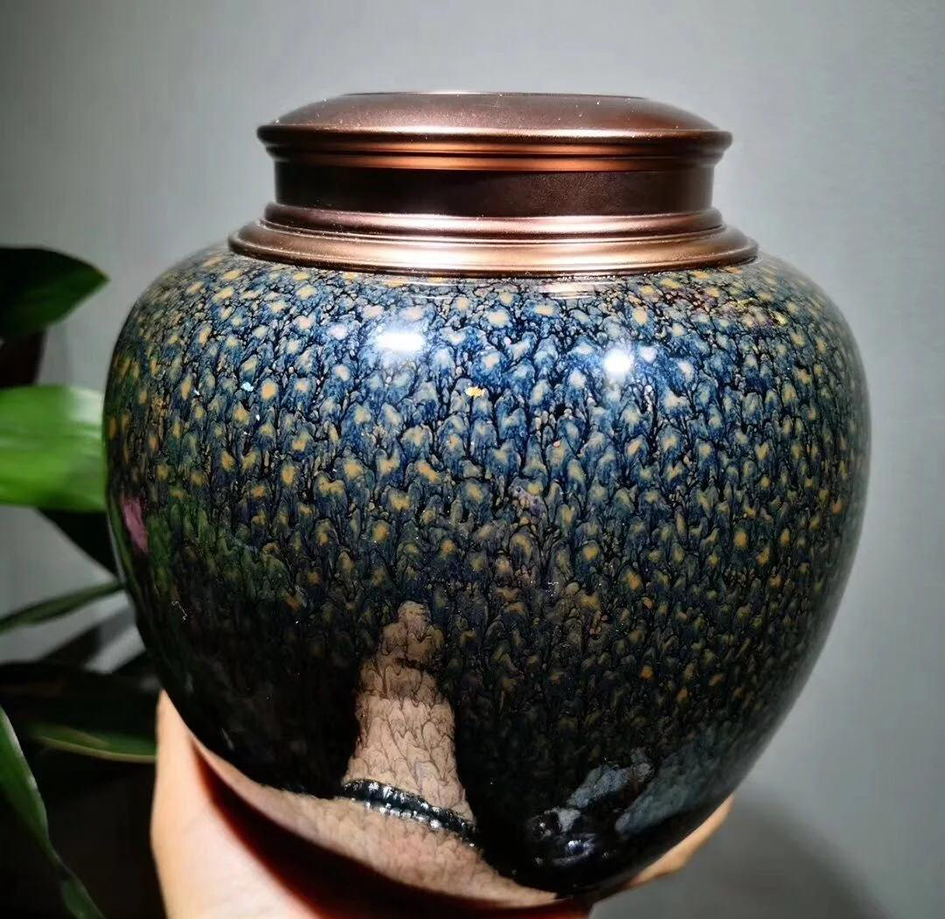
III. Historical Evolution and Technological Breakthroughs
From the early green-yellow glazes of the Shang Dynasty to the diverse glazes of modern times, glaze technology has undergone three major innovations:
1. Refinement of Monochrome Glazes:
Jingdezhen in the Song Dynasty reduced the iron oxide content to produce the celadon-white glaze between green and white; Jun kiln was the first to master the reduction firing of copper-red glaze, laying the foundation for later sacrificial red and Lang kiln red.
2. Creativity in Multicolored Glazes:
Tang-Dynasty tri-colored ware combined multiple colorants like copper, iron, cobalt, and manganese, using the fluidity of lead glaze to create a variegated effect; a three-dimensional color layer of "fa hua tri-colored"ware in Ming-Dynasty was achieved by combining relief molding with low-temperature glaze.
3. Expansion of Modern Materials:
Synthetic colorants like vanadium-zircon yellow (V-Zr) and chromium-tin red (Cr-Sn) have broken through the limitations of traditional metals, maintaining stable colors at high temperatures. The development of lead-free glazes (such as strontium glazes) balances environmental protection with performance, enriching and safeguarding glaze colors.
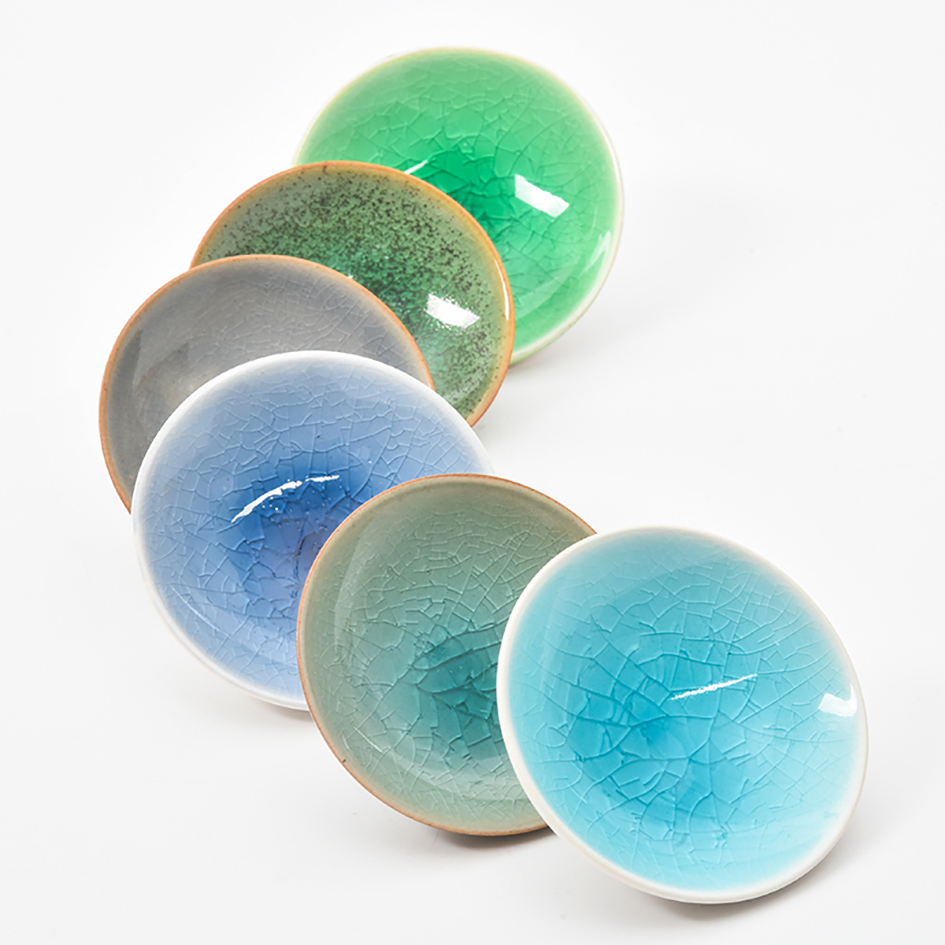
IV. The Optical Magic of Physical Structure
The microstructure of the glaze layer further amplifies color variations:
• Opacity and Transparency:
Adding opacifiers like zircon and zinc oxide to glazes scatters light at crystal interfaces, creating a matte or milky white effect (e.g., white glaze of Ding ware); transparent glazes refract light to reveal the color of the body itself (e.g., secret colour ware of Yue ware).
• Thickness and Layering:
The "white rim, black-red foot, and non-flowing glaze" phenomenon of Lang kiln red is due to the copper ion concentration differences caused by varying glaze thickness: the thin-glazed rim appears white, while the thick-glazed foot shows black-red. Superimposing multiple layers of glaze (such as the"earthworm track pattern"of Jun ware) can produce a three-dimensional effect with changing light and shadow.
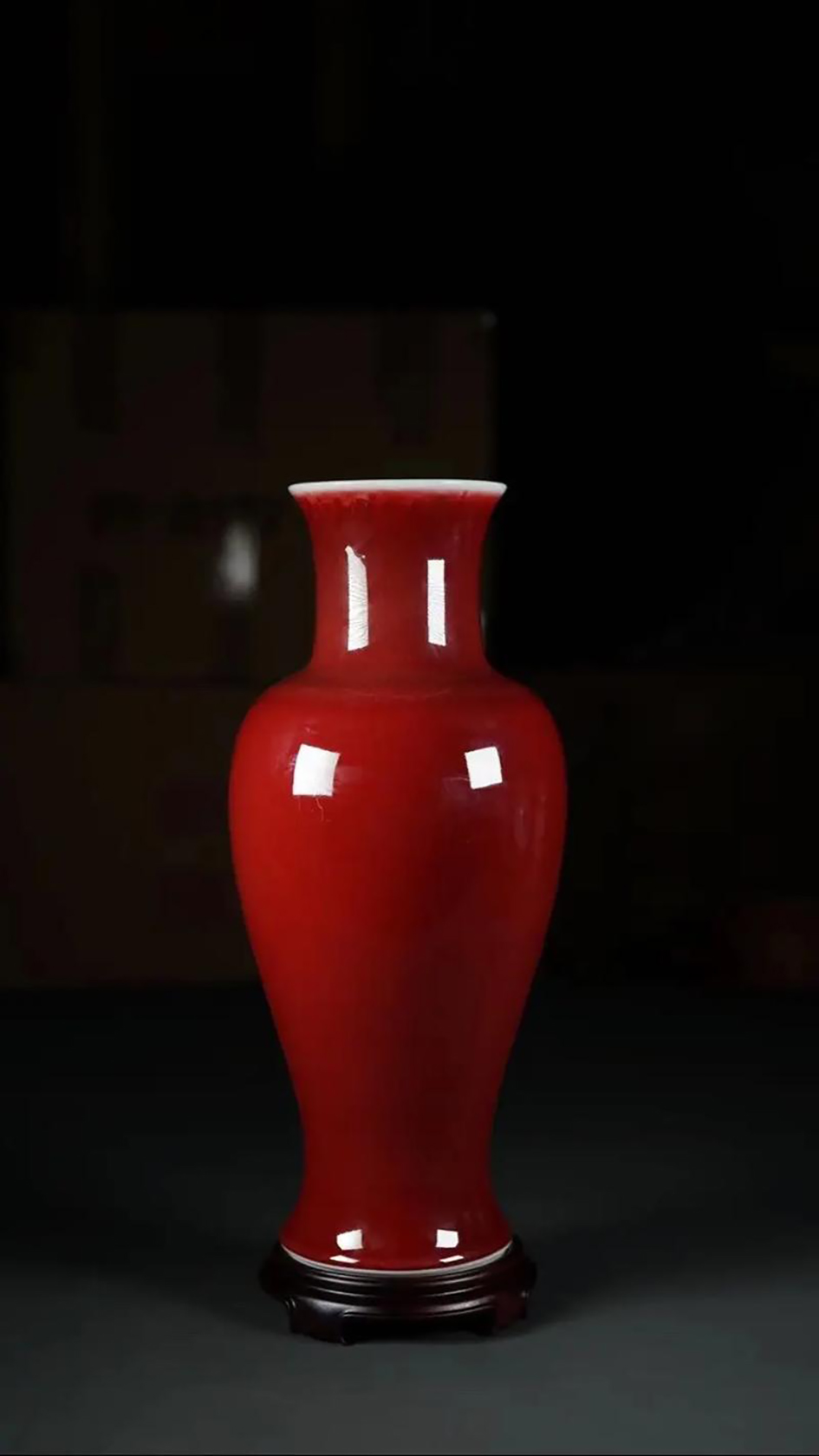
Conclusion
The chemical magic of glazes essentially involves precise control of the oxidation-reduction reactions of metal ions, combined with the synergistic action of temperature, atmosphere, and glaze formulation, ultimately transforming inorganic minerals into flowing color poems. From the early celadon of the Shang and Zhou Dynasties to contemporary art porcelain, this "alchemy of fire and clay" is not only a technological inheritance but also a profound understanding and creative expression of natural laws by humans. Each vibrant shard of pottery is a gem forged through the collaboration of the chemist's lab and the artist's canvas.
